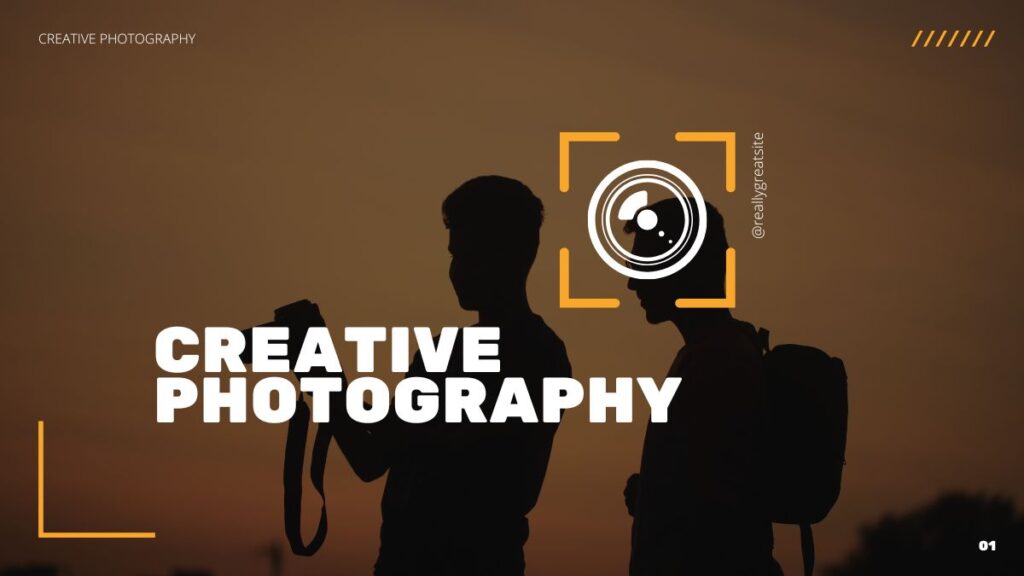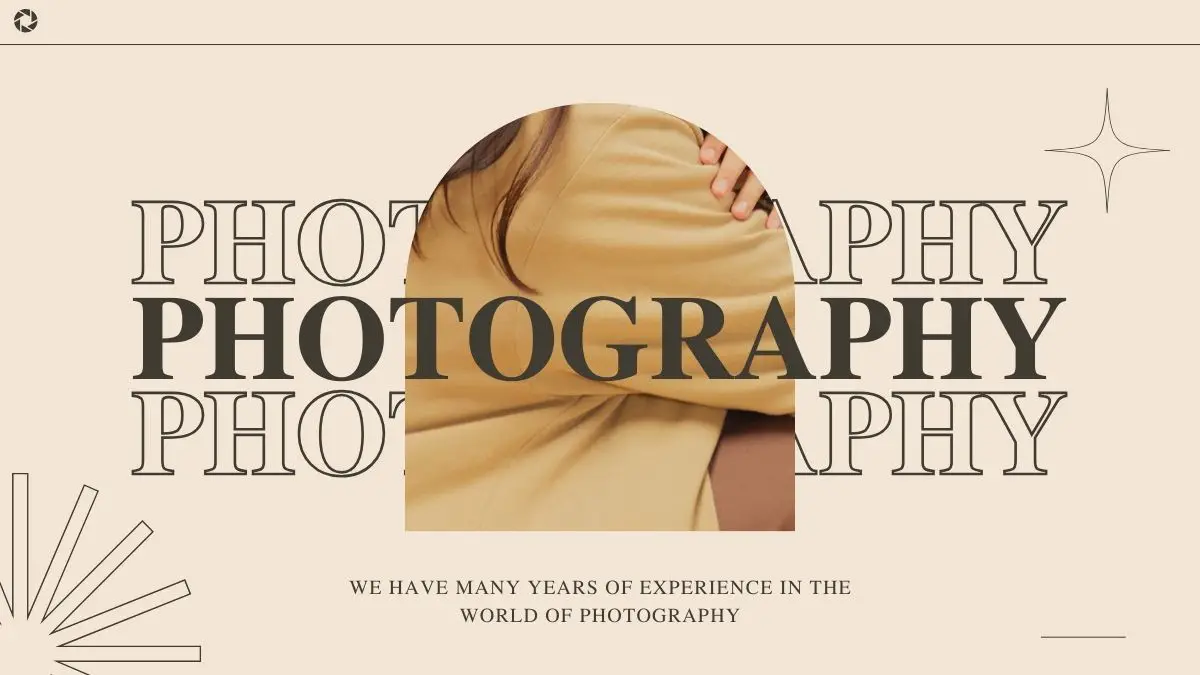There are two types of film vs digital photography for capturing moments. Both have unique characteristics and advantages, and photographers often find themselves torn between them. In this article, I will delve into the battle of film vs digital photography and explore which reigns supreme.
Advantages of Film Photography
Film photography has a timeless appeal that continues to attract photographers and enthusiasts alike. One of the significant advantages of shooting on film is the distinctive aesthetic it offers. The film captures images with a unique grain structure that adds a nostalgic and artistic quality to photographs. The colors in film photography are often described as rich, vibrant, and organic, creating a sense of depth and authenticity that digital images sometimes struggle to replicate. Additionally, film photographers appreciate the surprise of developing and printing their photos, as they never quite know what they will get until the process is complete.
Another advantage of film photography is its dynamic range. The film handles highlights and shadows gracefully, allowing for a wider latitude in exposure. This means that even in challenging lighting conditions, film can retain detail in the brightest and darkest areas of an image. This can be particularly advantageous in high-contrast scenes, such as landscapes with bright skies and deep shadows.
Film photography also encourages a more deliberate approach to capturing images. With limited exposures per roll, photographers must carefully consider each shot before pressing the shutter button. This forces a thoughtful and intentional approach to composition, exposure, and timing, resulting in more excellent craftsmanship and precision in the final images.
Advantages of Digital Photography
In the age of instant gratification, digital photography has revolutionized how we capture and share images. One of the most significant advantages of shooting digitally is the immediate feedback it provides. With a digital camera, you can instantly review your photos on the LCD screen, allowing you to make adjustments and retake shots if necessary. This real-time feedback enables photographers to experiment, learn, and improve their skills rapidly.
Another advantage of digital photography is the virtually unlimited storage capacity. With the ability to insert larger memory cards or even shoot directly to a computer or external hard drive, digital photographers can capture thousands of images without constantly changing film rolls. This is especially beneficial when capturing a high volume of images, such as sports or event photography is necessary.
Digital cameras also offer a wide range of creative options through post-processing. With advanced editing software, photographers can easily manipulate and enhance their images, adjusting everything from exposure and color balance to cropping and retouching. This level of control allows for greater flexibility and experimentation, empowering photographers to push the boundaries of their creativity.

Disadvantages of Film Photography
While film photography has its charm, it also has limitations and disadvantages. One of the most significant drawbacks of film shooting is the cost. Film rolls and developing and printing services can quickly add up, making film photography an expensive endeavor, especially for those who shoot frequently. Additionally, creating and printing film requires time and patience, as photographers must wait for their images to be processed before seeing the final results.
Another disadvantage of film photography is the lack of instant feedback. Unlike digital cameras, film cameras do not have LCD screens, so photographers must rely on their knowledge and experience to gauge exposure, composition, and other factors. This can be challenging, especially for beginners still learning the ropes.
Film photography also presents specific logistical challenges. With a limited number of exposures per roll, photographers must be mindful of how many shots they have left and carry additional rolls of film if necessary. This can be cumbersome and inconvenient, especially when shooting in remote locations or traveling light.
Disadvantages of Digital Photography
While digital photography offers numerous advantages, it also has its own set of disadvantages. One of the main drawbacks is the potential for image degradation due to digital noise. Higher ISO settings in digital cameras can introduce noise, manifesting as grainy or speckled patterns in the image. This can be particularly noticeable in low-light conditions or when images are heavily edited. Film, on the other hand, generally produces a smoother and more organic grain structure.
Another disadvantage of digital photography is the dependence on technology. Digital cameras rely on batteries, memory cards, and other electronic components, all of which can fail or become obsolete over time. This means photographers must invest in backup equipment and stay up-to-date with the latest technology to ensure their gear remains functional and compatible.
Digital photography also raises concerns about the longevity and preservation of digital files. Unlike film negatives, which can be stored and preserved for decades, digital files are susceptible to corruption, loss, or obsolescence. This highlights the importance of backing up files and adopting proper storage practices to safeguard precious memories.
Film vs Digital: Image Quality Comparison
When it comes to image quality, the debate between film and digital photography is often a heated one. While both mediums can produce stunning images, they have different characteristics that appeal to other photographers.
Film photography is renowned for its ability to capture a wide dynamic range and reproduce colors with a unique richness and depth. The organic grain structure of film adds a distinctive texture to images, enhancing their artistic appeal. Film photographers often praise their images’ exceptional quality and character, which can be challenging to replicate with digital technology.
On the other hand, digital photography has made great strides in recent years, with advancements in sensor technology and image processing algorithms. Digital cameras can now capture high-resolution images with exceptional detail and sharpness. Shooting in RAW format also allows for greater flexibility in post-processing, enabling photographers to fine-tune exposure and colors with minimal loss of quality.
Ultimately, the choice between film and digital photography regarding image quality comes down to personal preference and the desired aesthetic. Some photographers prefer the timeless and nostalgic feel of film, while others embrace the crispness and precision of digital images.
Film vs Digital: Cost Comparison
Cost is often a significant factor when deciding between film and digital photography. Film photography can be expensive, with costs associated with film rolls, development, and printing. Additionally, film photographers may need specialized equipment, such as film scanners or enlargers, to digitize or print their images. These expenses can quickly add up, making film photography a more costly choice in the long run.
Digital photography, on the other hand, offers greater cost efficiency in several aspects. The initial investment in a digital camera and memory cards may be higher, but the ongoing costs are relatively low. Once the equipment is purchased, there are no recurring expenses for film rolls or developing services. Furthermore, the ability to review and delete images instantly allows photographers to be more selective in their shots, reducing the number of wasted frames and saving money on film and processing.

Film vs Digital: Accessibility and Convenience
In terms of accessibility and convenience, digital photography takes the lead. With the widespread availability of digital cameras and smartphones, almost everyone can access a device capable of capturing high-quality images. The ease of use and intuitive interfaces of digital cameras make them accessible to photographers of all skill levels, from beginners to professionals.
Digital photography also offers immediate gratification and convenience. With digital cameras, photographers can instantly review their images, make adjustments, and share them with others. This instant feedback allows immediate learning and improvement, as photographers can identify and correct mistakes in real time. Additionally, the ability to shoot in bursts and capture a high volume of images is a valuable feature in fast-paced situations such as wildlife or sports photography.
Film photography, on the other hand, requires more time and patience. Photographers must wait for their film rolls to be developed and printed before seeing the final results. This delayed gratification can be both a blessing and a curse, as it adds an element of surprise and anticipation and limits the immediate feedback and learning opportunities digital photography offers.
Film vs Digital: Artistic Expression and Creative Control
Artistic expression and creative control are two crucial aspects of photography that can influence the choice between film and digital. Film photography is often celebrated for its ability to convey a unique and authentic aesthetic. The grain structure, color rendition, and overall look of film images have captivated photographers for generations. Film photographers appreciate the hands-on approach and the element of craftsmanship that comes with shooting on film.
Digital photography, on the other hand, offers unparalleled creative control. With advanced editing software and digital manipulation techniques, photographers can fine-tune every aspect of their images, from exposure and color balance to cropping and retouching. This level of control allows photographers to push the boundaries of their creativity and achieve their artistic vision with precision.
The choice between film and digital in terms of artistic expression and creative control ultimately depends on the individual photographer’s style and preferences. Some photographers are drawn to film’s raw and authentic feel, while others embrace digital technology’s endless possibilities and fine-tuning capabilities.
Conclusion: Which One Reigns Supreme?
After exploring the advantages and disadvantages of film and digital photography, it becomes evident that there is no definitive answer to which one reigns supreme. Both mediums have their unique characteristics and appeal to different types of photographers.
Film photography offers a timeless aesthetic, a wide dynamic range, and a sense of craftsmanship many cherish. It encourages a deliberate and thoughtful approach to capturing images and provides authenticity that is hard to replicate.
Digital photography, on the other hand, offers immediate feedback, virtually unlimited storage, and unparalleled creative control. It has revolutionized how we capture and share images, enabling photographers to experiment, learn, and improve rapidly.
Ultimately, the choice between film and digital photography boils down to personal preference, shooting style, and the desired outcome. Some photographers may find joy and fulfillment in the nostalgic and tactile experience of shooting on film, while others thrive in digital photography’s fast-paced and dynamic world. The beauty of photography lies in its diversity and the freedom to choose the medium that resonates with each individual’s vision and passion.
So, whether you embrace the timeless allure of film or dive into the digital revolution, what matters most is the passion and creativity you bring to your craft. Happy shooting!

